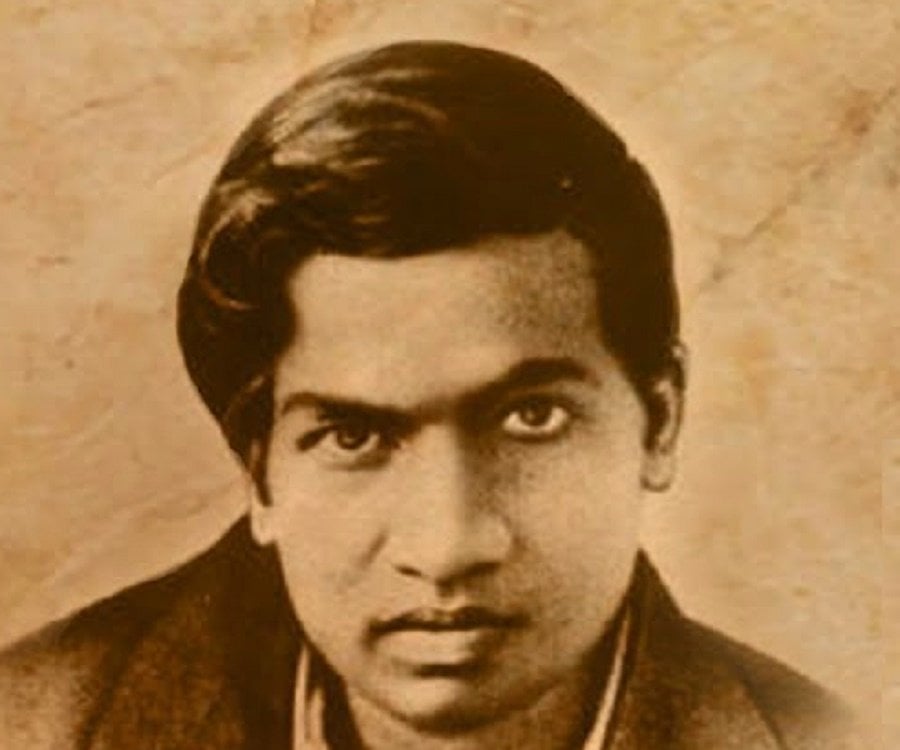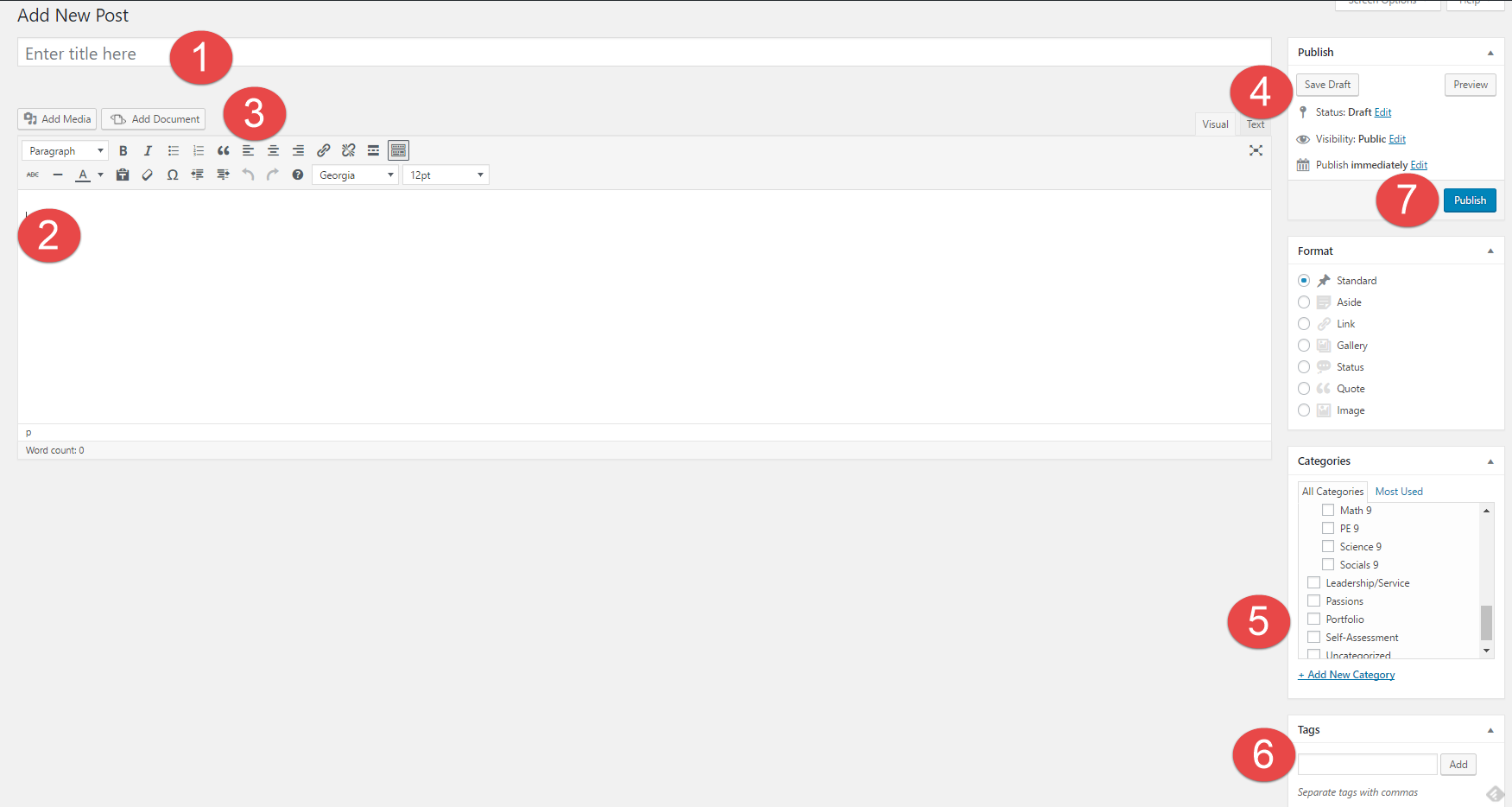“Numbers … were his friends. In the simplest array of digits [Ramanujan] detected wonderful properties: congruences, symmetries and relationships which had escaped the notice of even the outstandingly gifted theoreticians.”
-James Roy Newman

Srinivasa Ramanujan was a very gifted Indian mathematician. I see him as an eminent person for many reasons, proven through his struggles and successes. One reason I chose him is because I can connect with his life in a few ways. Ramanujan is from India, and my family is Indian as well. However we do not come from a similar background, because he belonged to a poor family and had to face a lot more struggles since he lived more than a hundred years ago. But there are a few similarities on a personal level. One of Ramanujan’s weaknesses was providing proofs for his mathematical theories. I have a lot of trouble providing evidence for many of my ideas, and I’ve been trying to work through those weaknesses. However, one difference is that he was able to teach himself a lot of what he knew. I have many passions, but none have convinced me to teach myself when I don’t have access to the right resources. Ramanujan’s determination is as inspiring to me as his skills. I am lucky to have access to so much information via the internet, libraries and good schooling. Ramanujan lived in an era where information was not that freely available. He prevailed through many struggles such as this, and impacted the world in many ways. That is why I consider him an eminent personality. He made huge contributions to the mathematical world, on topics like Number Theory and Infinite Series. These ideas have and will likely continue to be built on by mathematicians and scientists, and Ramanujan has likely opened the path for many advancements in the future. However, it’s important to remember that he couldn’t have gotten there without overcoming his struggles. As I’ve mentioned earlier, his determination helped him get through most of these. One of Ramanujan’s struggles was that his family was poor. However, this proved to be a blessing in disguise as his family took in college students as tenants. These people taught higher level math to Ramanujan at an early age. He would read books and talk with older students about math. This way Ramanujan learned much more than schools would’ve taught children of his age. But he became so obsessed with math that he ignored other subjects and had to finally drop out of college. Lack of formal education was the reason that he was not able to provide proper mathematical proofs.

In this area, G.H. Hardy, his mentor helped him. G.H hardy was a well known English Mathematician of that time. Another one of Ramanujan’s struggles was his religion, which didn’t allow travel overseas. He had to go to London to progress in his career. Even his parents were against it at first. Yet he left anyways and proved that he belonged out in the world. If he hadn’t gone to London, we may have never heard much more about him. His ideas would never have come into the world, and other scientists and mathematicians wouldn’t have been able to contribute to the world without his work. Though there have been many more educated mathematicians who made important contributions, Ramanujan stands out for me because he overcame not only financial, but also social and religious obstacles to follow his passion.
For the next stage of my research, my goal is to learn more about his personal life, and about the people who influenced him. I want to learn more about the specific areas in mathematics he was fascinated with.
